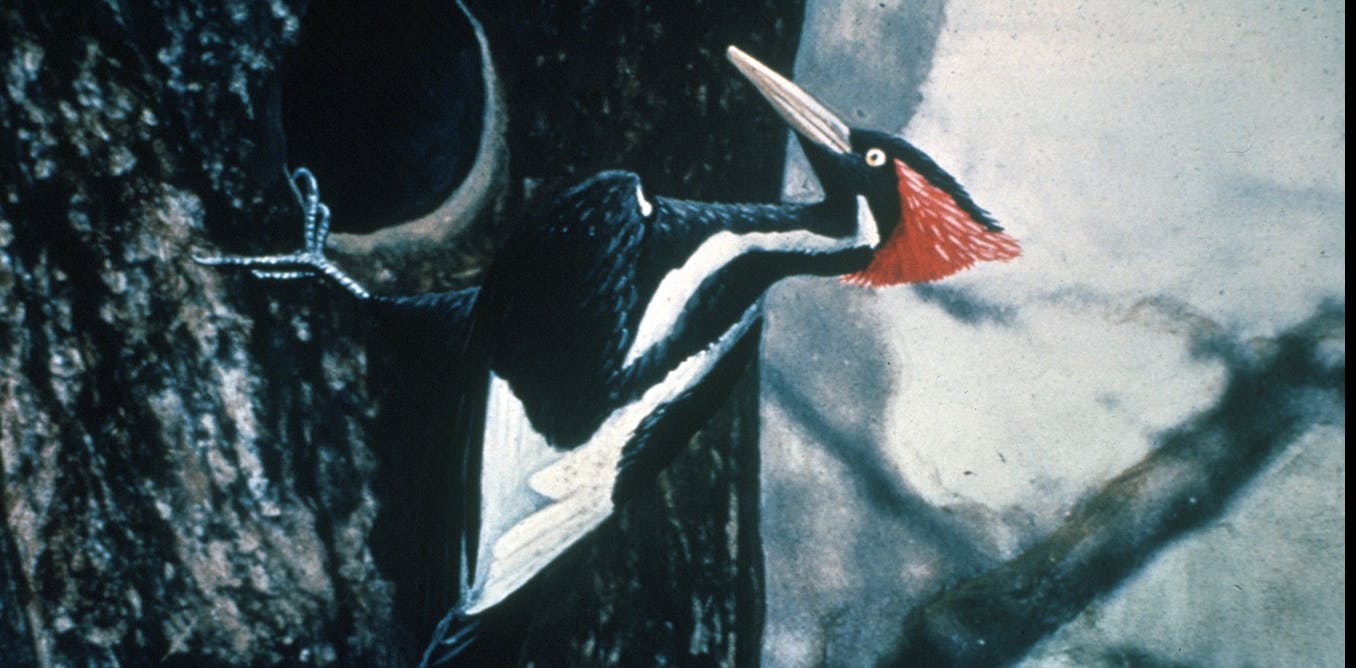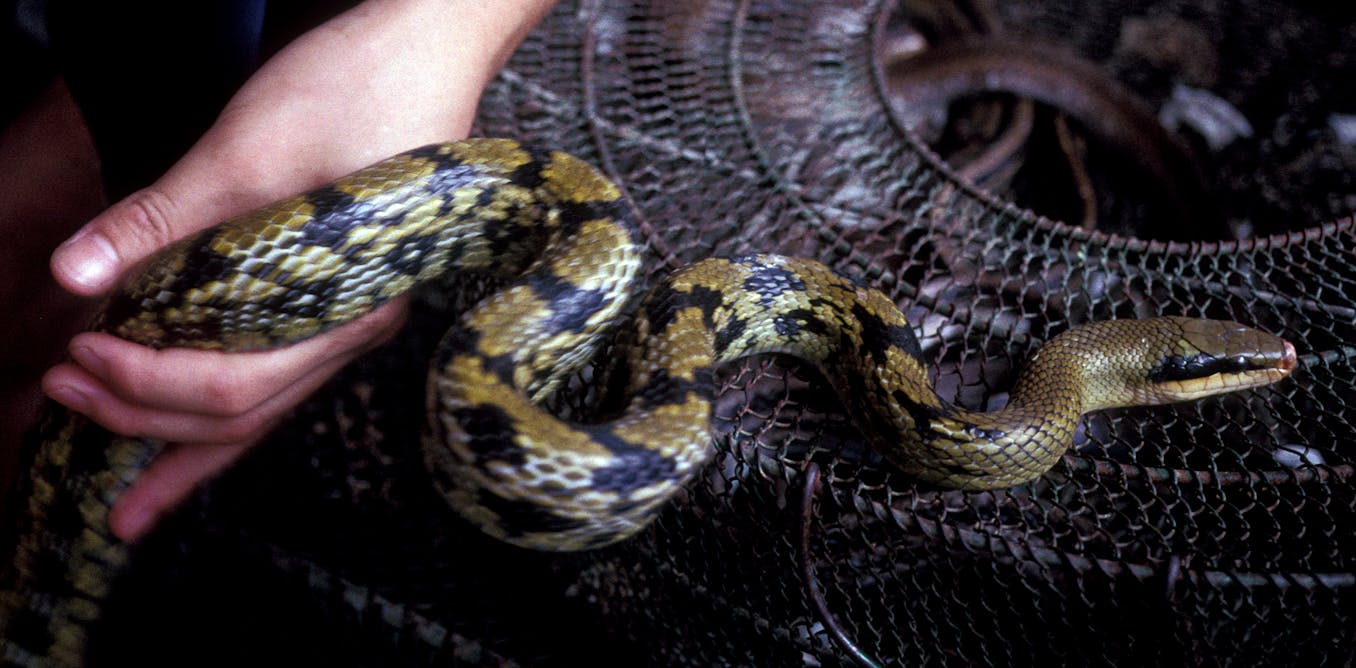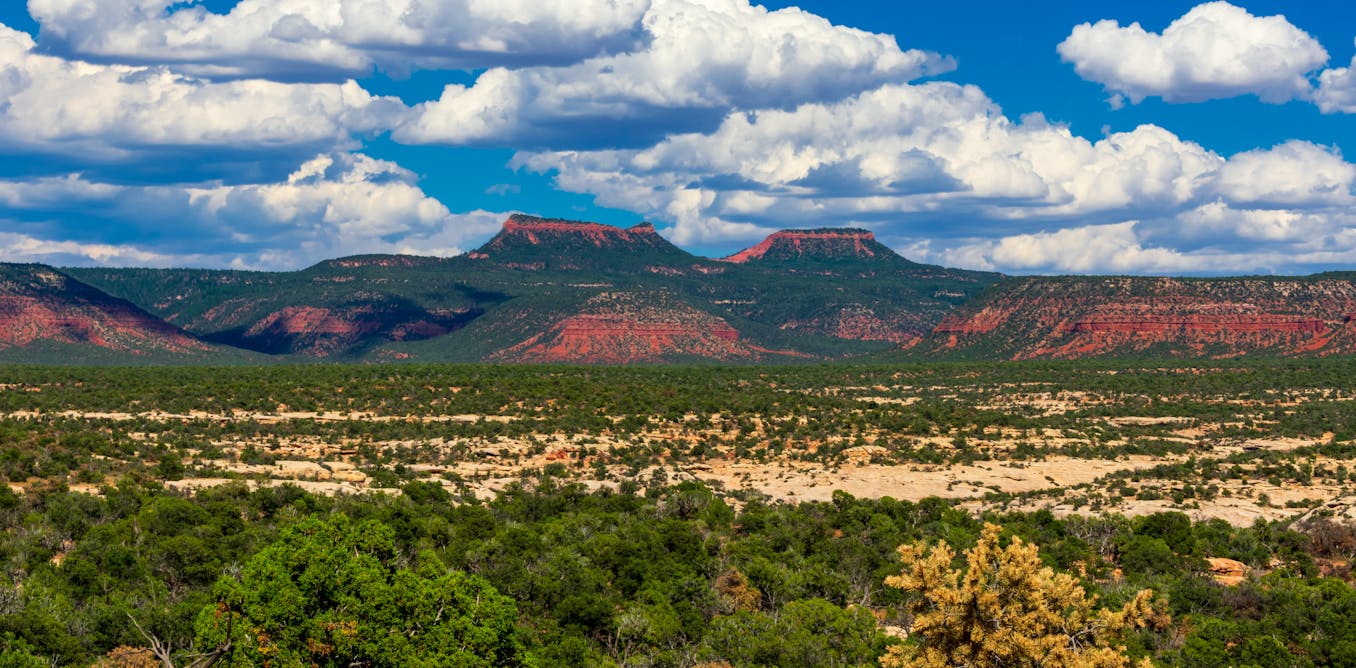NFTs: WWF tried raising money with digital art but backtracked – environmental charities should follow suit
The premise of ‘eco-friendly’ non-fungible tokens is shaky at best.
Feb. 9, 2022 • ~7 min
With fewer animals to spread their seeds, plants could have trouble adapting to climate change
Forests around the world will need to shift their ranges to adapt to climate change. But many trees and plants rely on animals to spread their seeds widely, and those partners are declining.
Jan. 13, 2022 • ~9 min
When endangered species recover, humans may need to make room for them – and it's not always easy
It’s usually good news when a once-scarce species starts to recover – unless it starts getting in humans’ way. An ecologist explains how science can help predict unwelcome encounters.
Jan. 6, 2022 • ~9 min
Zoos and aquariums shift to a new standard of 'animal welfare' that depends on deeper understanding of animals' lives
A fundamental change in how North American zoos and aquariums are accredited supports their animal conservation and species survival work.
Jan. 4, 2022 • ~9 min
One in four UK birds now on endangered species red list due to habitat loss and climate change
Swifts, house martins and greenfinches are the newest arrivals to the UK red list.
Dec. 1, 2021 • ~5 min
Scientist at work: Endangered ocelots and their genetic diversity may benefit from artificial insemination
There are so few wild ocelots in the US that the cats are becoming inbred, with a bad prognosis for their ultimate survival. But researchers are perfecting ways to get new genes into the population.
Nov. 23, 2021 • ~9 min
China’s wildlife food ban is vital for public health and threatened species – our research reveals what must happen next
We analysed the legal systems regulating the wildlife trade in China. Here’s what we found.
Oct. 12, 2021 • ~7 min
Biden restores protection for national monuments Trump shrank: 5 essential reads
The Biden administration is restoring full protection to three national monuments that President Trump sought to cut down drastically.
Oct. 8, 2021 • ~9 min
/
10









